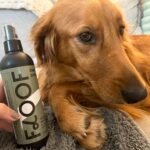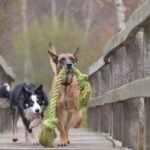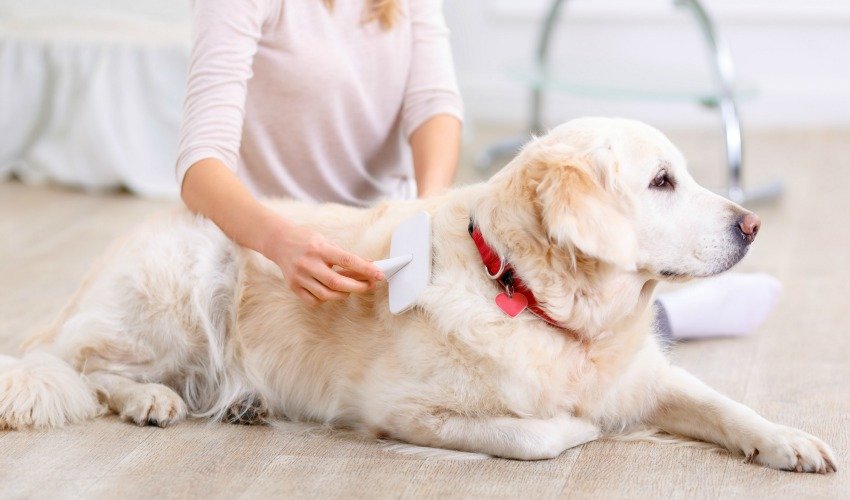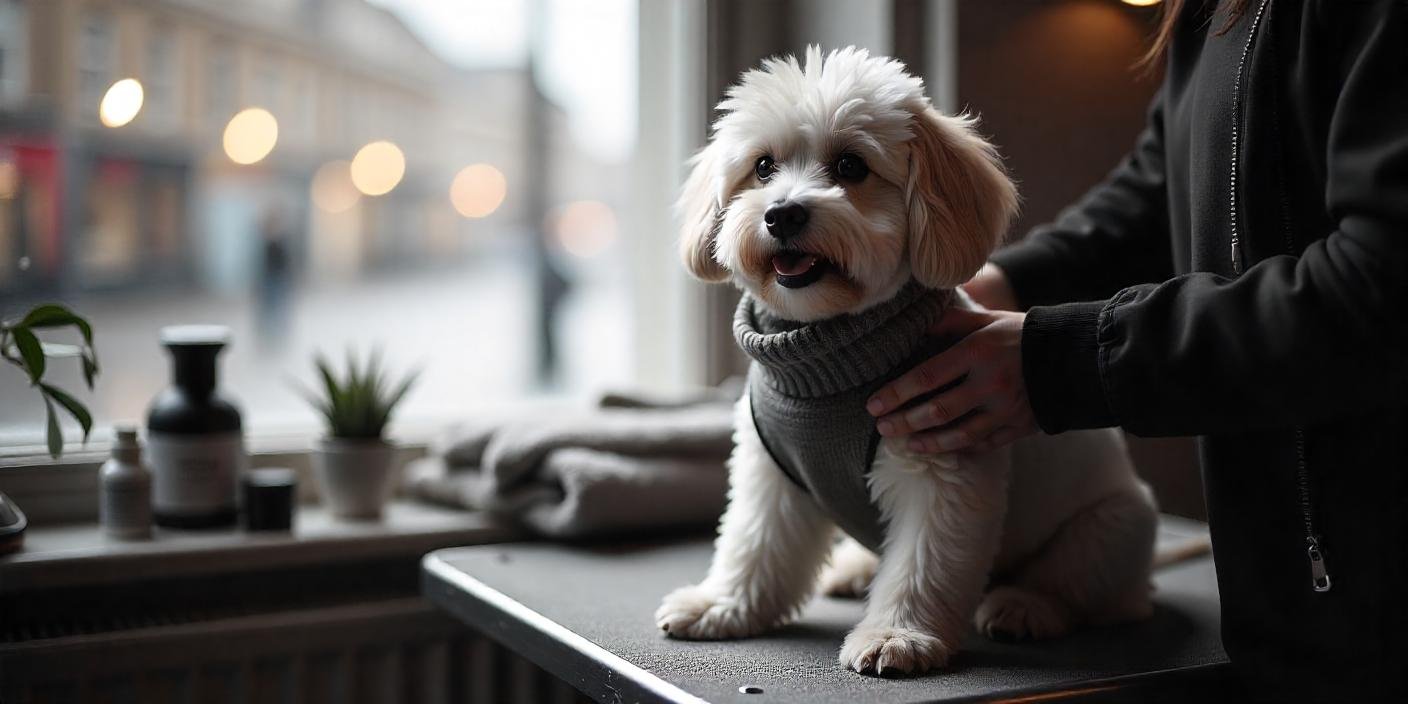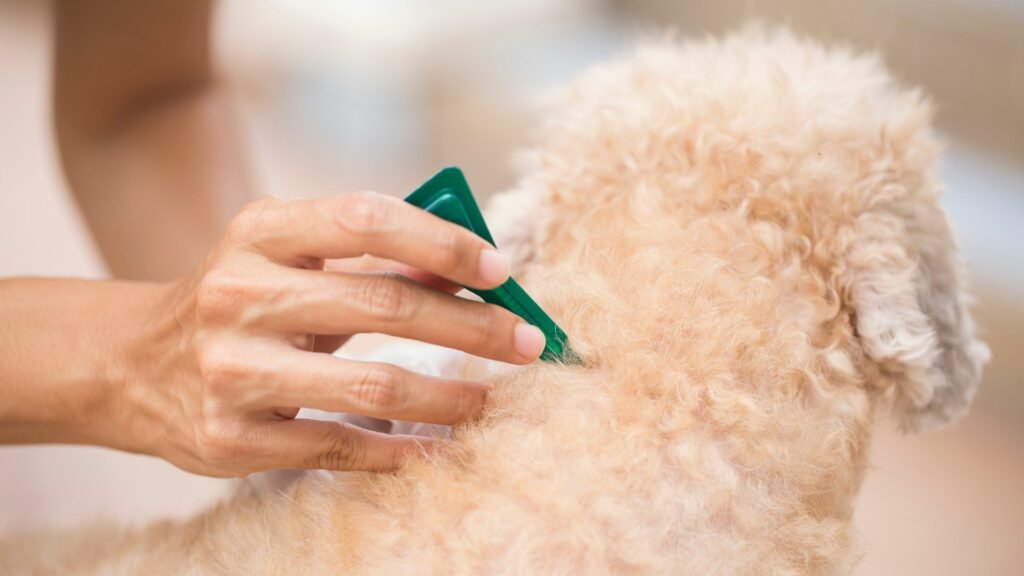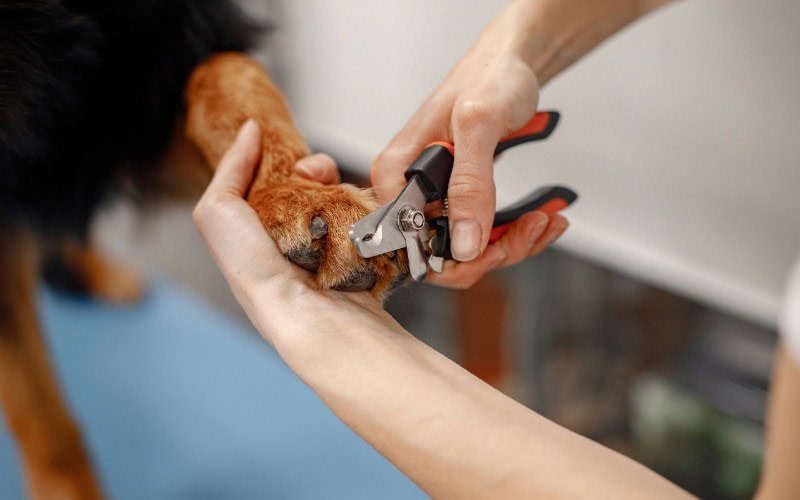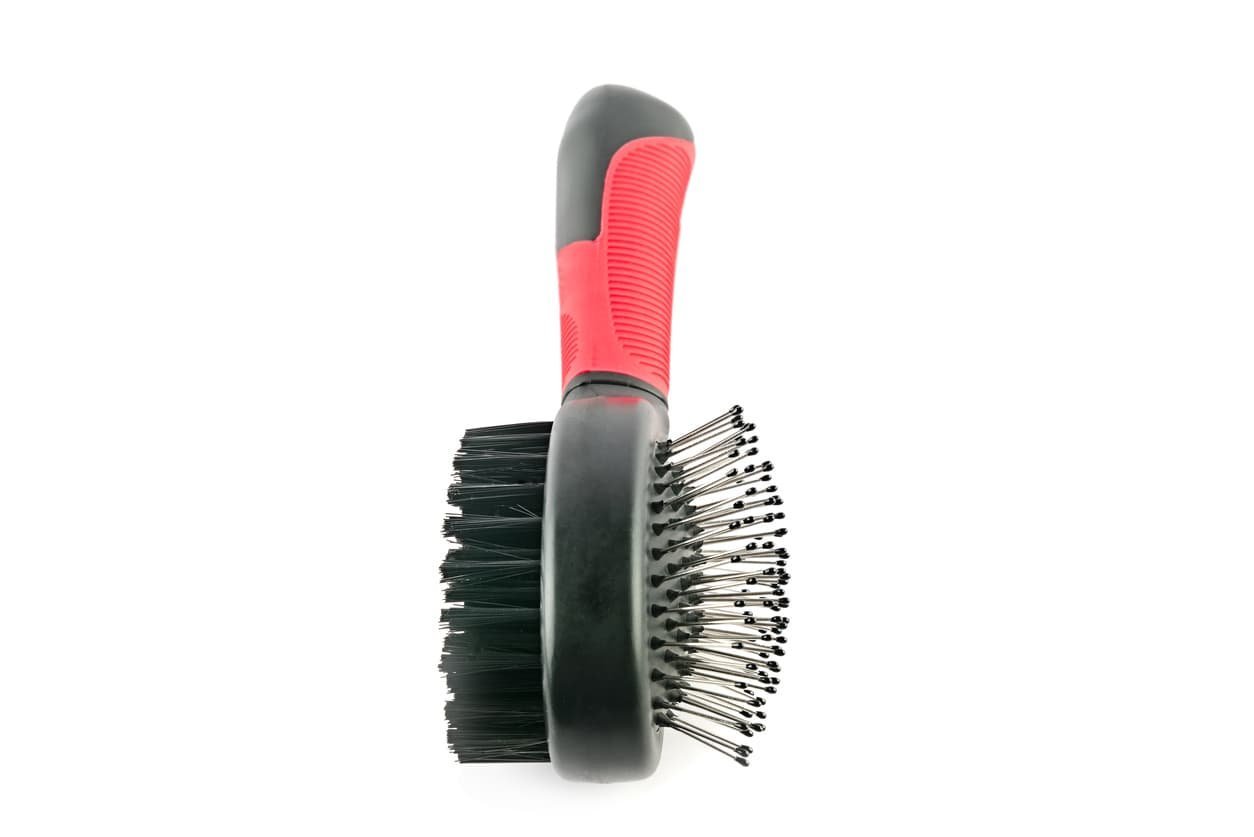Grooming senior dogs is an important task that helps maintain their health and comfort. As dogs age, their grooming needs change, and it’s essential to adapt our methods to meet these needs. In this article, I we’ll share effective best practices for grooming senior dogs, ensuring they remain happy and healthy throughout their golden years.
Understanding the Needs of Senior Dogs
Senior dogs often require more care during grooming than younger ones. Their skin can become sensitive, and their coats may thin out or mat more easily. Additionally, they might have mobility issues or other health concerns that require special attention during grooming. By recognizing these changes, we can provide the best care possible.
1. Regular Check-ups with the Vet
Before starting any grooming routine, it’s crucial to have regular check-ups with your veterinarian. These visits help you understand any specific health issues your senior dog might have. Discuss your grooming plans with your vet, as they can provide advice tailored to your dog’s needs.
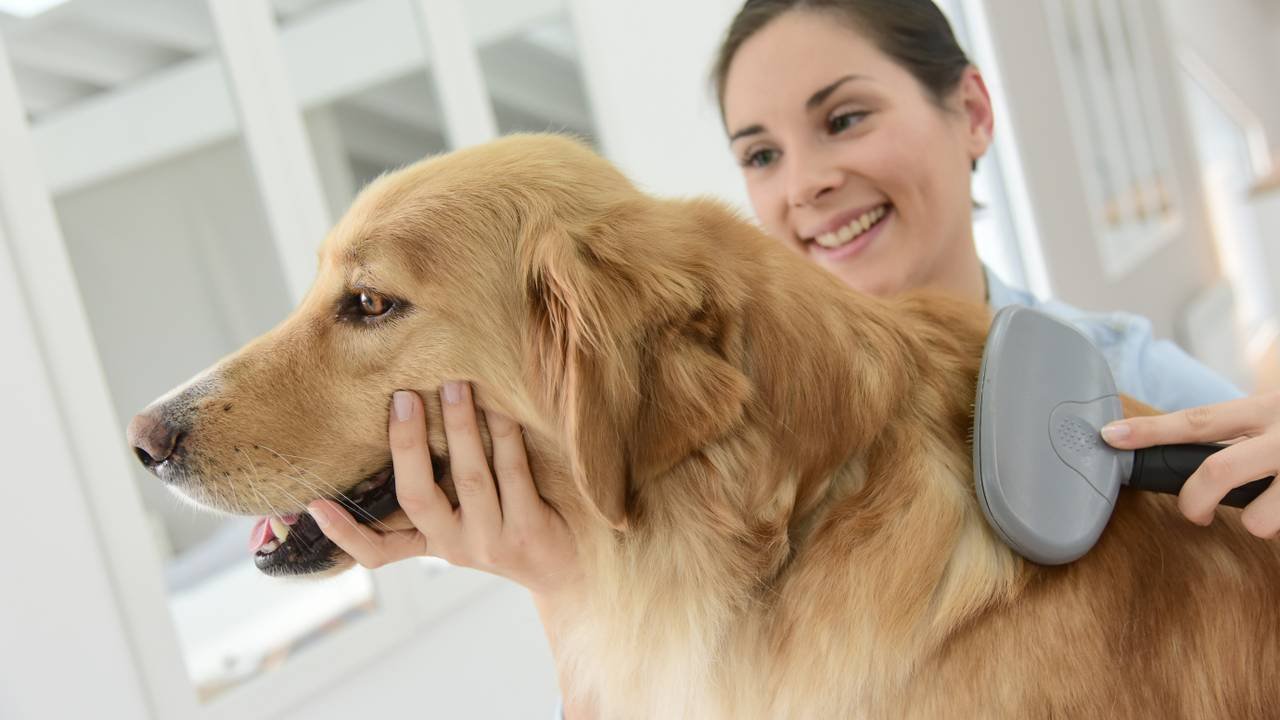
2. Create a Comfortable Grooming Space
When grooming senior dogs, creating a comfortable space is essential. Choose a quiet area where your dog feels safe. Use non-slip mats to prevent slipping and make sure the temperature is comfortable. A stress-free environment helps your dog relax during the grooming process.
3. Use the Right Tools
Selecting the right grooming tools can make a significant difference. For senior dogs, use soft brushes and combs designed for sensitive skin. If your dog has a thick coat, consider using a dematting tool that can safely remove tangles without causing discomfort. Always check that your tools are clean and in good condition.
4. Be Gentle and Patient
When grooming senior dogs, gentleness is key. Older dogs may have sore spots or joint issues, so it’s essential to handle them carefully. Take your time and be patient. If your dog seems anxious or uncomfortable, pause and give them a break. Patience helps build trust between you and your dog during grooming.
5. Focus on Sensitive Areas
Certain areas of senior dogs may require extra attention during grooming. Pay close attention to areas such as the ears, paws, and around the eyes. These regions can accumulate dirt and debris but may also be sensitive. Use a gentle touch when cleaning these areas, and consider using cotton balls and mild cleaning solutions for ears and eyes.
6. Maintain a Regular Grooming Schedule
Consistency is important when grooming senior dogs. Establish a regular grooming schedule that fits your dog’s needs. For example, weekly brushing can help prevent matting and keep your dog’s coat healthy. Regular grooming sessions also provide an opportunity to check for any changes in your dog’s skin or coat.
7. Monitor for Skin Issues
As dogs age, their skin can become more prone to problems such as dryness, irritation, or hot spots. During grooming, take the time to check for any unusual bumps, rashes, or changes in the skin. If you notice anything concerning, consult your veterinarian for advice.
8. Bathing Techniques for Senior Dogs
Bathing is an essential part of grooming senior dogs, but it should be done with care. Use lukewarm water and a gentle shampoo formulated for sensitive skin. Make sure to rinse thoroughly to avoid leaving any residue. If your dog has mobility issues, consider using a handheld showerhead or bathing them in a tub with a non-slip surface to prevent slipping.
9. Nail Care is Crucial
Nail care is often overlooked but is vital for senior dogs. Long nails can cause pain and difficulty walking. Regularly check your dog’s nails and trim them as needed. If you’re unsure how to do this safely, consider taking your dog to a professional groomer or vet. They can show you the correct technique and ensure your dog’s nails are kept at a healthy length.
10. End with Positive Reinforcement
After each grooming session, it’s important to end on a positive note. Reward your senior dog with treats and praise for their cooperation. Positive reinforcement helps your dog associate grooming with a pleasant experience. This approach can make future grooming sessions smoother and less stressful for both of you.
Conclusion
In conclusion, grooming senior dogs requires special attention and care. By following these best practices, we can ensure our older pets remain comfortable and happy. Regular vet check-ups, a gentle grooming approach, and positive reinforcement can make a world of difference in your senior dog’s grooming experience. Remember, grooming is not just about maintaining a tidy appearance; it’s also about keeping our beloved companions healthy and comfortable in their later years.





